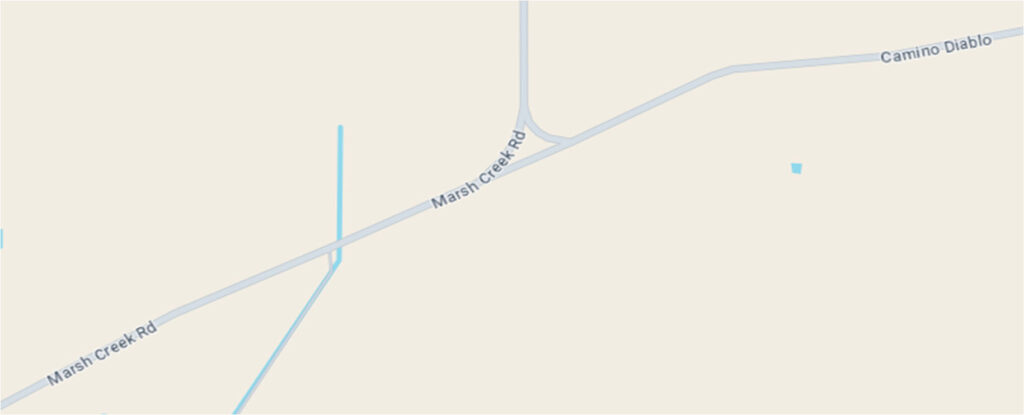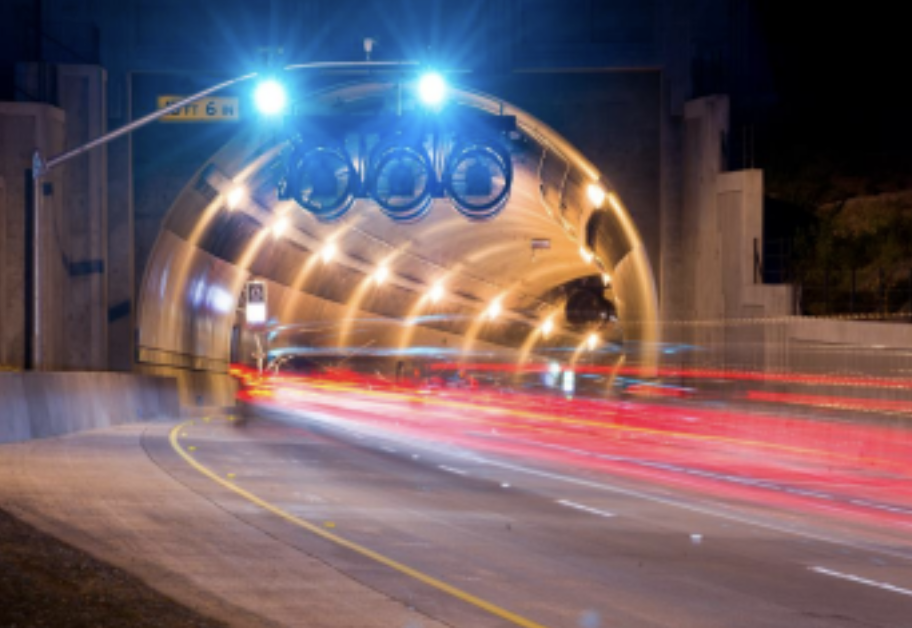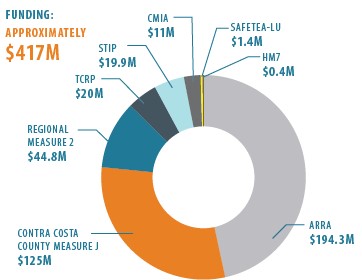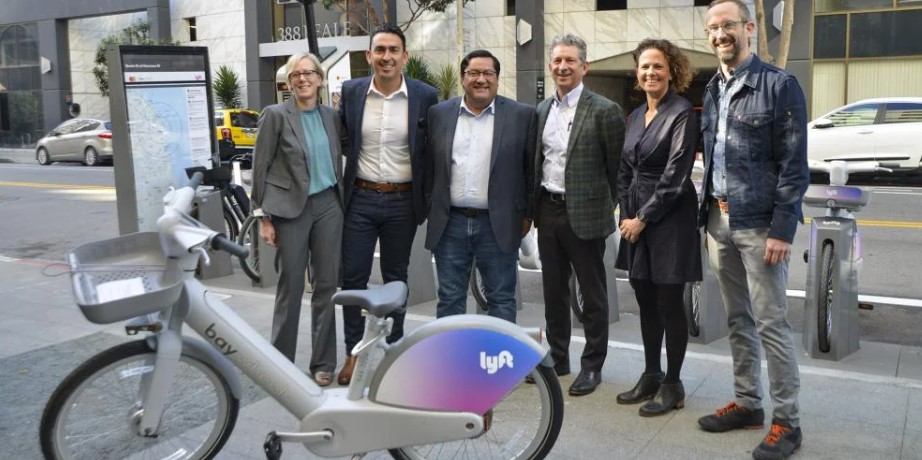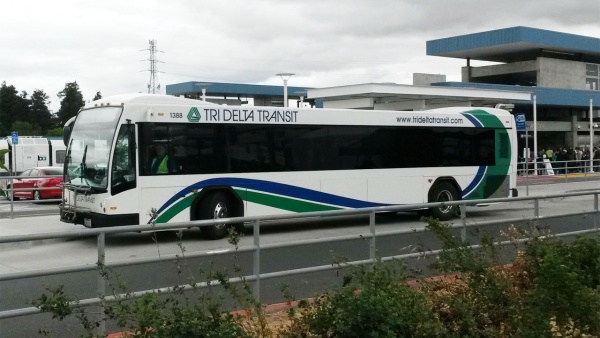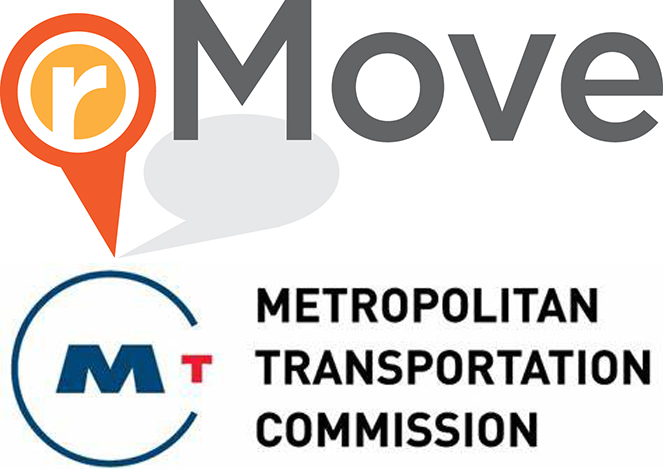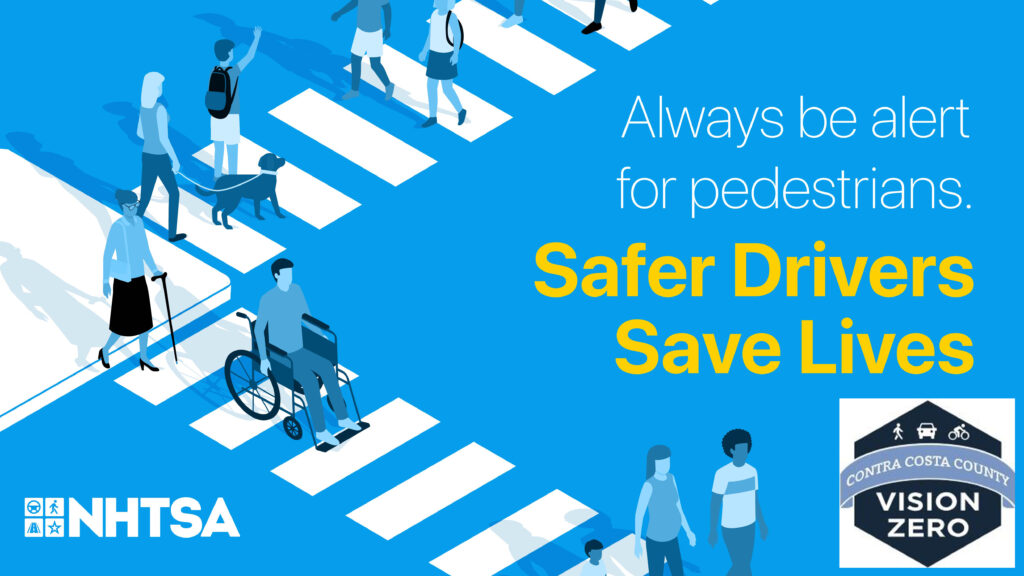CCTA, Tri Delta Transit announce public-private partnership for East County 28-mile personal micro transit line
Wednesday, November 29th, 2023
Using Glydways’ electric, autonomous vehicles holding up to 4 passengers using dedicated guideways
Will pursue regional, state, federal funds for estimated $450 million project
The Contra Costa Transportation Authority (CCTA) and Tri Delta Transit are marking another milestone in the innovative East Contra Costa County Dynamic Personal Micro Transit (DPMT) Project. Today, CCTA and Tri Delta Transit are announcing a partnership with East County Connection Partners, LLC (ECCP), made up of transportation innovators Glydways and Plenary Americas, and lead construction contractor Flatiron.
DPMT is a cutting-edge technology. It provides on-demand and autonomous transportation for up to four passengers. These zero-emission electric vehicles travel in narrow, dedicated guideways to minimize the space needed to operate the system.

The DPMT Project is a 28-mile, multi-city, on-demand transit option designed to meet the diverse mobility needs of people in Eastern Contra Costa County. ECCP will help bring the vision of a safe, on-demand, single-party, transportation system into reality with its zero-emission, autonomous, four-person Glydcars. These electric vehicles travel in narrow, dedicated elevated or at-grade guideways, making more efficient use of space, substantially cutting operational costs, and providing a sustainable option that aligns with local, regional, and state emission reduction goals. The Glydcars are designed with convenience in mind, with enough space for passengers to easily travel with their luggage or bikes. The vehicles are also fully compliant with the Americans with Disabilities Act and provide enough room to comfortably fit a wheelchair.
The shuttles will be fully separated from traffic and are a closed system, autonomous, electric, public micro transit solution. They will be on a virtual rail, with tires on their own pathways. It will be near Highway 4 but not in the median.
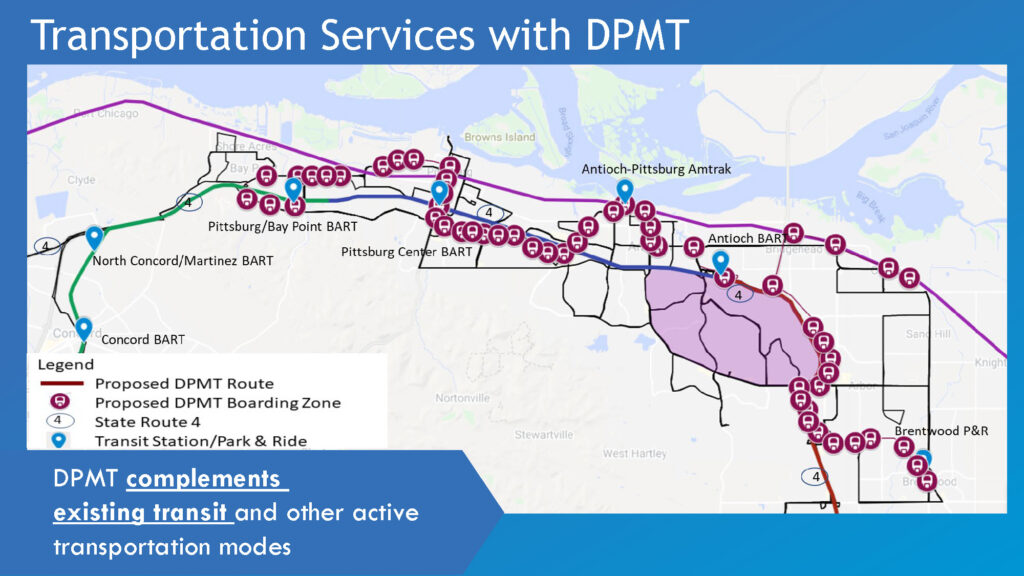
This new, fare-based transit solution will help alleviate the increasing congestion on Highway 4 in East County. The project also aims to enhance transit accessibility in East County by improving connections to existing options such as BART and local bus services.
In Spring 2021, the cities of Antioch, Brentwood, Oakley and Pittsburg completed the East County DPMT Feasibility Study (Study) to support a potential micro-transit deployment with Autonomous Vehicles (AVs) in East Contra Costa County. Subsequently, the CCTA and Tri Delta Transit partnered to evaluate the potential deployment of the East County DPMT project.
ECCP specializes in a revolutionary on-demand public transportation system. CCTA in partnership with Tri Delta Transit, selected ECCP as the preferred vendor for the DPMT project after a comprehensive evaluation process. CCTA, Tri Delta Transit, and ECCP will work together to deliver an initial viable segment of the larger project through a unique public-private partnership (P3).
“We’re very excited about this project and believe it will significantly improve the quality of life in our community,” said CCTA Board Chair Federal Glover. “It’s a bold step towards a more sustainable and accessible future for Contra Costa.”
To actualize that future, CCTA and Tri Delta Transit determined last year that engaging a private sector partner to collaborate with would be the most beneficial strategy. The P3 approach has proven to be a highly efficient agreement, allowing for smoother delivery and deployment of transportation projects. P3s unlock the ability to quickly mobilize the resources required for state-of-the-art, effective, and sustainable transportation solutions, such as the DPMT project.
As East Contra Costa County prepares for extensive population growth and an increasingly overburdened and congested Highway 4, DPMT offers an opportunity to relieve congestion on the freeway and local arterials.
“This partnership is a significant milestone for us,” said Tri Delta Transit Board Chair, Lamar Thorpe. “By working with ECCP, we can leverage their expertise in innovative transportation technologies to better serve East County residents.”
While CCTA and Tri Delta Transit will now need to pursue regional, state and federal funding to support the project, the announcement of this partnership is the first step in the process. The Feasibility Study included a high-level cost estimate of $450M for the conceptual alignment shown in that study. The cost estimate is subject to change as it needs to be validated as the project progresses. During SPDA Phase 1, the ECCP will work collaboratively with CCTA, Tri Delta Transit and the East County cities to select an initial viable segment. The work will include developing the cost estimate and funding plan for this initial segment.
For more information about the DPMT Project see video or visit https://ccta.net/projects/east-county-dynamic-personal-micro-transit-project/
Allen Payton contributed to this report.











